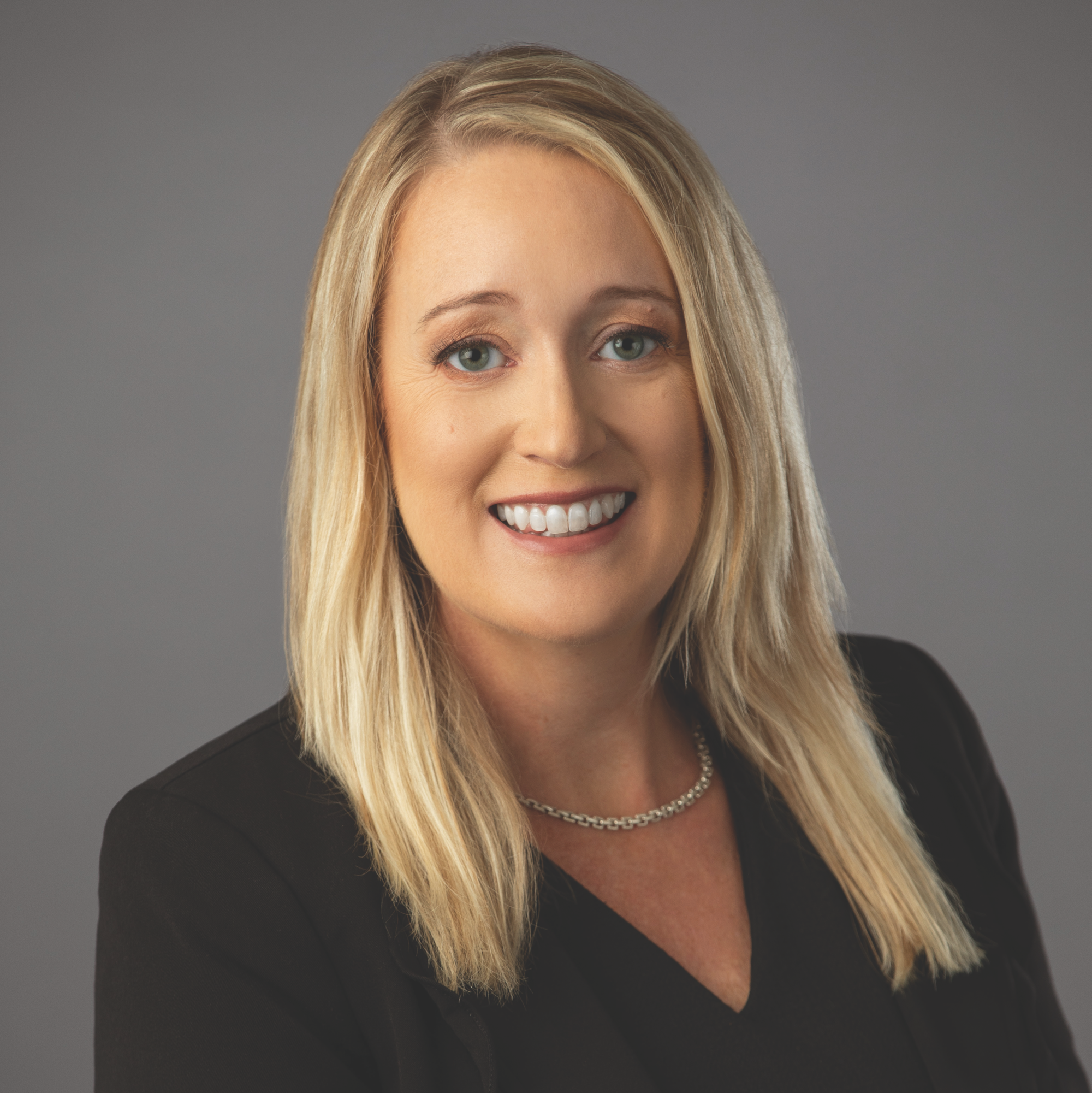Wealth Solutions Report recently partnered with Docupace to conduct a survey of 140 wealth management professionals, who revealed details about their firms, client onboarding processes, technology stacks and views on potentially switching firms.
Respondent Demographics
Approximately 53% worked at RIAs, 21% worked at broker-dealer affiliates, 13% worked at wirehouses and the rest did not disclose. Approximately 27% of respondents’ firms had between 200 and 499 clients, 21% had at least 500 clients, 19% had between 100 and 199 clients, 17% had between 20 and 99 clients, 2% had fewer than 20 clients and the rest did not disclose.
Approximately 29% of respondents worked at firms with up to $500 million in assets under management (AUM), 20% worked at firms with up to $100 million in AUM, 19% worked at firms with up to $50 million in AUM, 8% worked at firms with up to $1 billion in AUM, 8% worked at firms with more than $1 billion in AUM and the rest did not disclose.
Major Survey Findings

The findings indicate that wirehouse advisors were more confident they could switch firms than BD affiliate and RIA advisors. On average, wirehouse advisors also generated the most new client relationships in the past year, followed by advisors at BD affiliates, with advisors at RIAs generating the fewest new client relationships. And on average, advisors at RIAs spend the most amount of time onboarding a new client, with advisors at wirehouses spending slightly less time than advisors at broker-dealer affiliates onboarding a new client.
To find out why, what these results may indicate for the industry and how independent advisors can improve in these categories, WSR spoke with industry experts with firsthand knowledge of the processes involved. It turns out that the resources available to firms – including technology in particular – are among the major factors at play.
“Wirehouse teams benefit from mature, full built on client onboarding processes and brand name street cred, which helps during early stages of client or prospect engagement,” says Ryan George, CMO of Docupace. “For RIAs to mature into the next natural phase of growth, they need to do the same – build out the proper technology stacks and client engagement processes in line with what’s currently common among wirehouses.”
Changing Firms
One of the major findings of the survey involved respondents’ views on how easy they thought it would be to move to a different wealth management firm, repaper client accounts in a reasonable timeframe, and retain those clients after the transition. Only 36% of all respondents thought it would be very easy or easy enough, while 41% thought it would be difficult but doable and 23% thought it would be very difficult.
However, views differed significantly based on the respondents’ type of firm. Among RIA respondents, the largest group of respondents – 46% – thought changing firms and retaining clients would be difficult but doable. Among BD respondents, the largest group of respondents – 38% – thought it would be very difficult. Among wirehouse respondents, the largest group of respondents – 44% – thought it would be very easy.
“Independent advisors generally begin their careers as employee advisors and have made the move to independence at some point in their career after becoming successful enough and experienced enough to make the change. They know the effort involved in switching firms,” says Tim Boostrom, Director, Business Development at Stifel Independent Advisors.

“A wirehouse advisor, on the other hand, is getting the benefit of independence for the first time if they make a change. So they might be overlooking the effort of the move because they have the prize of business ownership in their sights.”
Boostrom argues that although the ongoing benefits of transitioning to independence dramatically outweigh the short-term hassles, switching from one independent firm to another doesn’t usually provide large financial benefits. That’s because advisors are already benefiting from the tax advantages and business ownership.
Instead, according to Boostrom, an independent-to-independent move is usually to upgrade service and support, culture or platform – which can be worthy reasons to make the change provided independent advisors do so with the right perspective in regard to the effort involved.
Tammy Robbins, Executive Vice President and Chief Business Development Officer at Cambridge Investment Research, believes independent advisors have more to consider when changing firms than their colleagues at wirehouses.
“Responsible for every aspect of their business, including real estate, hardware and staffing, in addition to many of the regulatory compliance issues and day-to-day operations of the firm, independent advisors may find changing firms too disruptive to their business compared to any potential increased value,” she says.
“By becoming independent, former wirehouse advisors have the opportunity to control every aspect of their business and capture significantly more revenue – the potential upside far outweighs the risk and disruption.”
Client Relationships
Another noteworthy survey finding was the number of new client relationships generated in the past year. The largest group of wirehouse respondents – 39% – reported between 50 and 99 such relationships; the largest group of BD respondents – 34% – reported between 20 and 49 such relationships; and the largest group of RIA respondents – 30% – reported fewer than 10 such relationships.
“Wirehouse and broker-dealer affiliates benefit from the branch structures when it comes to new client relationships,” Boostrom says. “They gain clients from other advisors in their branches who switch firms and leave clients behind. They can also garner new relationships from retiring advisors in their branches and from junior advisors that leave the business.”
He explains that despite the fact RIAs and independent advisors generally do not have large branch structures that would provide these avenues, they tend to receive many client referrals because they are perceived as a more personal relationship than the big-name firms. Boostrom compares it to referring a friend to a local hardware store instead of a big-box hardware store.
Michael Bryan, Chief Growth Officer with Strategic Blueprint, an SFA company, sees the CRM as the hub for improved processing, document and note retention, business management and marketing. Meanwhile, the latest financial and lifestyle planning systems can assist advisors to develop prospects’ trust and fit by illuminating core values, thoughtful outcomes and offering education – even in an initial meeting, according to Bryan.

“The most important aspect of sustainable growth, however, is intentionality. A plan for growth includes specific initiatives, timelines, and measurable results,” he says.
“Technologies such as calendaring tools, CRM tracking features and marketing programs can all help to hold the advisor and their team accountable for progress through their plans and evaluating their efficacy. But there should be an annual process of developing a complete plan of action to drive growth, with defined objectives and action steps, followed by regular intervals for addressing the plan’s progress. Weekly, monthly or no less than quarterly.”
According to Robbins, when considering new client relationships, the technology-native next generation typically doesn’t want in-person engagement like other generations and nearly universally prefers a streamlined digital experience.
“Meeting clients where they are – even if advisors aren’t there – is the only way to win business,” she says. “Solutions that account for these changes are extremely valuable for client prospecting.”
Onboarding
In addition, we point to survey findings on how much time respondents spend onboarding a new client. It takes one week or less for 40% of RIA respondents, 24% of BD respondents and 17% of wirehouse respondents. It takes one day or less for 32% of RIA respondents, 48% of BD respondents and 67% of wirehouse respondents. It takes one hour or less for 18% of RIA respondents, 21% of BD respondents and 17% of wirehouse respondents.
“Smaller RIAs will not be able to bring aboard as many clients per capita as the larger firms – this is a simple question of scale,” Robbins says. “This does not speak to the quality of service or level of client retention that either kind of firm may experience. However, we are confident that with the right type of technologies, small firms can level the playing field significantly when it comes to achieving onboarding efficiencies.”
She points to AI-enabled solutions enhancing how advisors can deliver personalized service at scale, and views smaller players as needing a sustainable and repeatable process that eliminates as much labor as possible. However, she acknowledges that while this may help smaller players in the short term, larger firms also will be able to utilize these solutions to drive further efficiencies and increase profitability.

Bryan agrees that the key to onboarding is a clearly defined process for the client and back office, and intentional communication. Workflows, or at a minimum checklists, ensure all documents are in good order and issues are identified and resolved quickly, he suggests. The workflows should include every step – from the initial form CRS delivery through to investment and client portal engagement.
“To ensure a comfortable client experience, setting clear expectations and reasonable timelines works wonders,” Bryan says. “A second best practice is to have a staff member other than the advisor own the onboarding process. Delegating the accountability for the reporting of status and completion encourages a sense of agency for the staff involved in implementation.”
He also argues that even though a smooth onboarding experience doesn’t lead to new relationships in and of itself, some clients are often most enthusiastic about the advisory relationship when it is new and are then more willing to refer their peers and family members.
Boostrom notes that large firms develop technology and processes for everyone to follow, in order to reduce time and effort, yet sometimes those processes become restrictive and bureaucratic, especially when the new client has complex needs.
“RIAs can choose to have little or no process if they desire, which allows for flexibility and customization, but can mean more time spent on items that should be routine,” Boostrom says. “The sweet spot is somewhere in the middle.”
Chris Latham, Managing Editor at Wealth Solutions Report, can be reached at clatham@wealthsolutionsreport.com.














